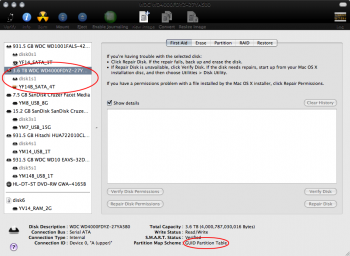Tried searching, but really couldn't confirm because what was big in 2010, 2012, etc. may not be the biggest today.
Does anyone know how big is the biggest that a PowerMac 11,x PCI express series can support on its internal SATA1 bus?
I figured 2TB is almost definite, but now, 3-, 4-, and 5+ TB drives are available for a reasonable price (Around $100).
Before I splurge for the sake of massive storage, can anyone answer how big is the biggest and what works without jumping through hoops? Much appreciated.
Bonus Question: I could test this myself, but since I have your attention: Which drive is mounted in FW Target Disk Mode in leopard on the aforementioned machines? Upper Bay, Lower, or both? I'm assuming all partitions of whichever drives will be visible on the attached Mac... or does the attached device matter?
Thanks!
Does anyone know how big is the biggest that a PowerMac 11,x PCI express series can support on its internal SATA1 bus?
I figured 2TB is almost definite, but now, 3-, 4-, and 5+ TB drives are available for a reasonable price (Around $100).
Before I splurge for the sake of massive storage, can anyone answer how big is the biggest and what works without jumping through hoops? Much appreciated.
Bonus Question: I could test this myself, but since I have your attention: Which drive is mounted in FW Target Disk Mode in leopard on the aforementioned machines? Upper Bay, Lower, or both? I'm assuming all partitions of whichever drives will be visible on the attached Mac... or does the attached device matter?
Thanks!



